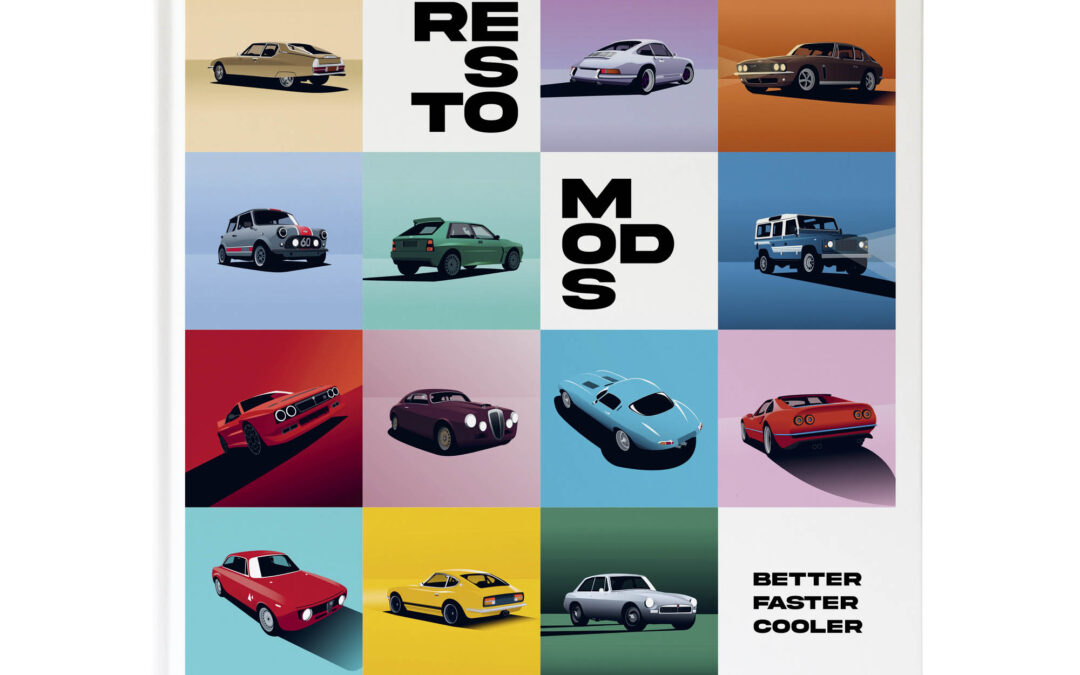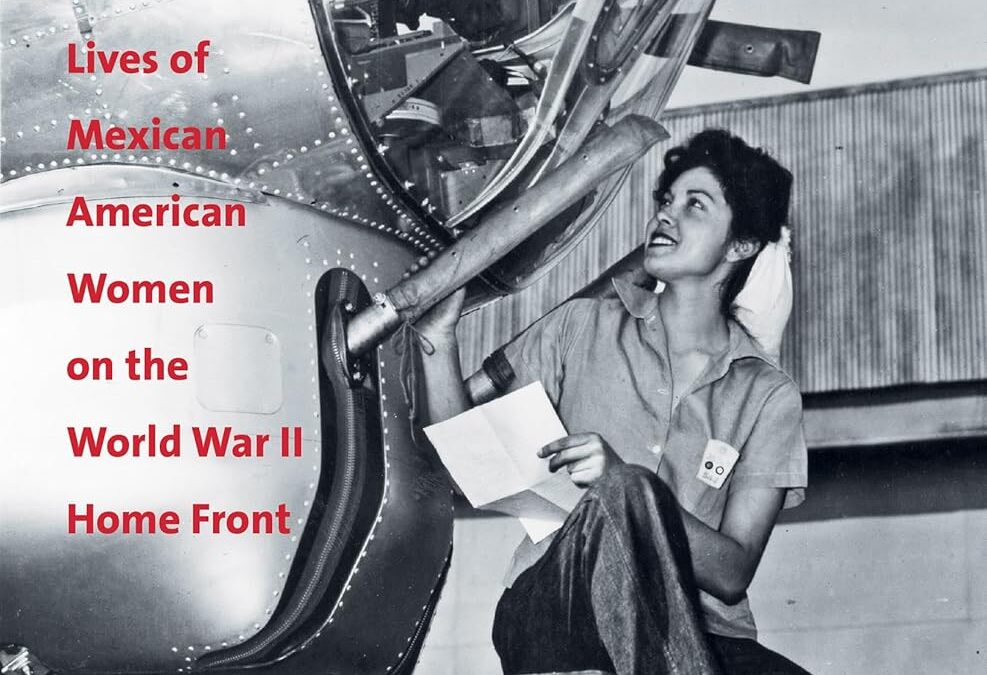
During World War II, unprecedented employment avenues opened up for women and minorities in U.S. defense industries at the same time that massive population shifts and the war challenged Americans to rethink notions of race. At this extraordinary historical moment, Mexican American women found new means to exercise control over their lives in the home, workplace, and nation. In From Coveralls to Zoot Suits, Elizabeth R. Escobedo explores how, as war workers and volunteers, dance hostesses and zoot suiters, respectable young ladies and rebellious daughters, these young women used wartime conditions to serve the United States in its time of need and to pursue their own desires.
But even after the war, as Escobedo shows, Mexican American women had to continue challenging workplace inequities and confronting family and communal resistance to their broadening public presence. Highlighting seldom heard voices of the “Greatest Generation,” Escobedo examines these contradictions within Mexican families and their communities, exploring the impact of youth culture, outside employment, and family relations on the lives of women whose home-front experiences and everyday life choices would fundamentally alter the history of a generation.
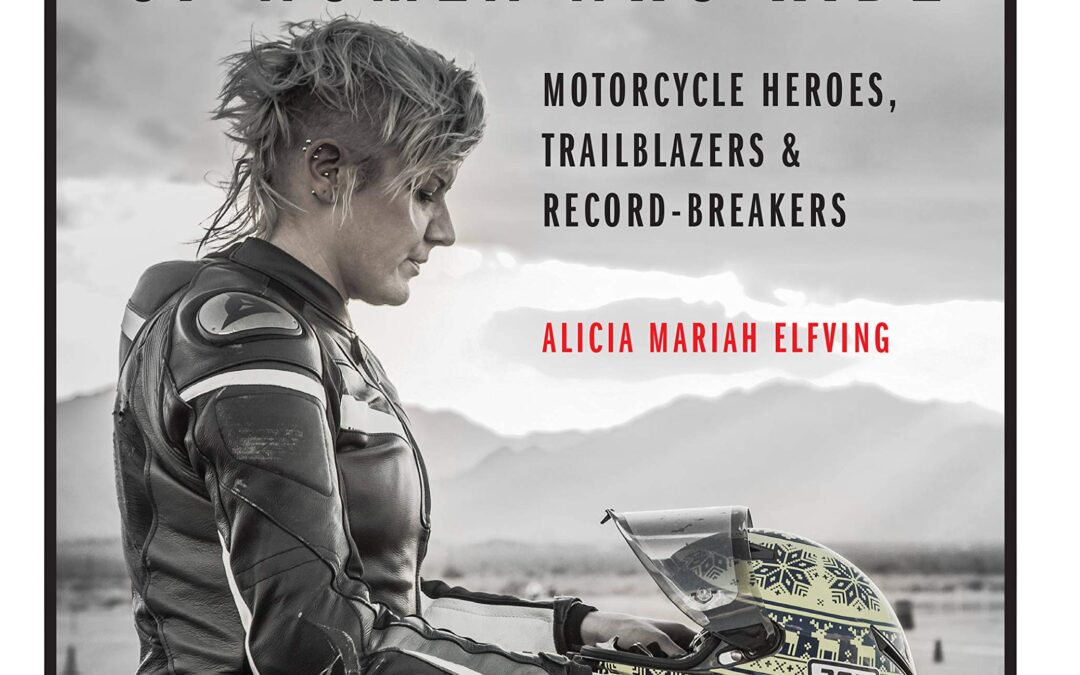
Written and curated by Alicia Mariah Elfving, founder of TheMotoLady.com and the Women’s Motorcycle Show, and arguably the most notable advocate for women in the motorcycling hobby, The MotoLady’s Book of Women Who Ride subverts all the tired women-and-motorcycle tropes, offering the true stories of the women past and present who ride and wrench as well as anyone, proving every bit as indispensable to maintaining and growing a positive motorcycling culture.
Historically, depictions of women in motorcycle culture tend to objectify—from the outlaw motorcycle club “biker babe” to cheesecake photography to posturing celebrities with motorcycles as props. The truth is much different. From the early days of motorcycle culture more than 100 years ago, women have played a central role in making the motorcycle a legitimate form of transportation, recreation, and motorsport.
Elfving presents more than 70 figures in the motorcycle world, from the Americas to Europe and even the Middle East and South Asia—stunt riders, racers, builders, customizers, organizers, and more. Elfving links today’s women motorcyclists with those of the past and illustrates the freedom represented by two wheels, and how motorcycles allow women to transcend cultural expectations confidently. You’ll meet riders such as:
- Sofi Tsingos, who raises money for charities by building and auctioning motorcycles.
- Safety ambassador Brittany Morrow, who found her calling after surviving a high-speed crash with no gear.
- The Van Buren sisters, who in 1916 were among the first motorcyclists to ride coast to coast and the first women to ride to the summit of Pikes Peak.
- The late Jessi Combs, an iconic TV personality, metal fabricator, and land-speed record holder.
Overwhelmingly positive, Elfving instills confidence and can-do rather than providing an echo chamber of common complaints among women in motorcycling. In addition, The MotoLady’s Book of Women Who Ride is illustrated throughout with contemporary and historical photos of the author’s subjects, comprising a beautiful as well as inspiring package.
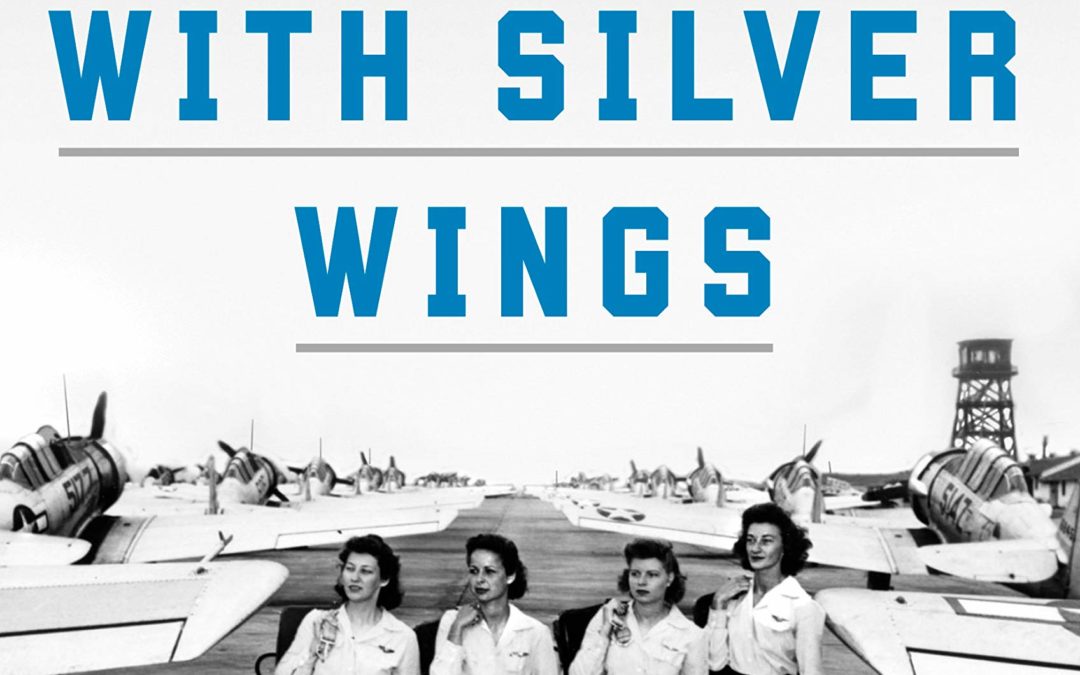
“With the fate of the free world hanging in the balance, women pilots went aloft to serve their nation. . . . A soaring tale in which, at long last, these daring World War II pilots gain the credit they deserve.”—Liza Mundy, New York Times bestselling author of Code Girls
When the Japanese attacked Pearl Harbor in December 1941, Cornelia Fort was already in the air. At twenty-two, Fort had escaped Nashville’s debutante scene for a fresh start as a flight instructor in Hawaii. She and her student were in the middle of their lesson when the bombs began to fall, and they barely made it back to ground that morning. Still, when the U.S. Army Air Forces put out a call for women pilots to aid the war effort, Fort was one of the first to respond. She became one of just over 1,100 women from across the nation to make it through the Army’s rigorous selection process and earn her silver wings.
The brainchild of trailblazing pilots Nancy Love and Jacqueline Cochran, the Women Airforce Service Pilots (WASP) gave women like Fort a chance to serve their country—and to prove that women aviators were just as skilled as men. While not authorized to serve in combat, the WASP helped train male pilots for service abroad, and ferried bombers and pursuits across the country. Thirty-eight WASP would not survive the war. But even taking into account these tragic losses, Love and Cochran’s social experiment seemed to be a resounding success—until, with the tides of war turning, Congress clipped the women’s wings. The program was disbanded, the women sent home. But the bonds they’d forged never failed, and over the next few decades they came together to fight for recognition as the military veterans they were—and for their place in history.
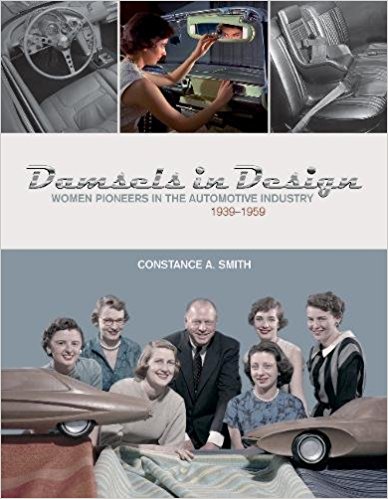
In the mid-1950s, an innovative group of women at General Motors (dubbed the Damsels of Design by marketers) and their counterparts at Ford, Hudson, Studebaker, Packard, and Tucker changed automotive history forever. Read the untold story of the women who excelled in the Mad Men era of automobile and industrial design. Recruited by top CEOs at automotive companies, they developed many of the products we take for granted today. Learn about Helene Rother, who designed the instrument panel, hardware, and seat construction for midcentury Cadillacs; Elizabeth Thatcher Oros, the first female trained in industrial design; and discover the history behind the child safety seat latch and car doors with lights. An extraordinary story of exceptional women, Damsels in Design sheds light on those who have too long been in the shadows.
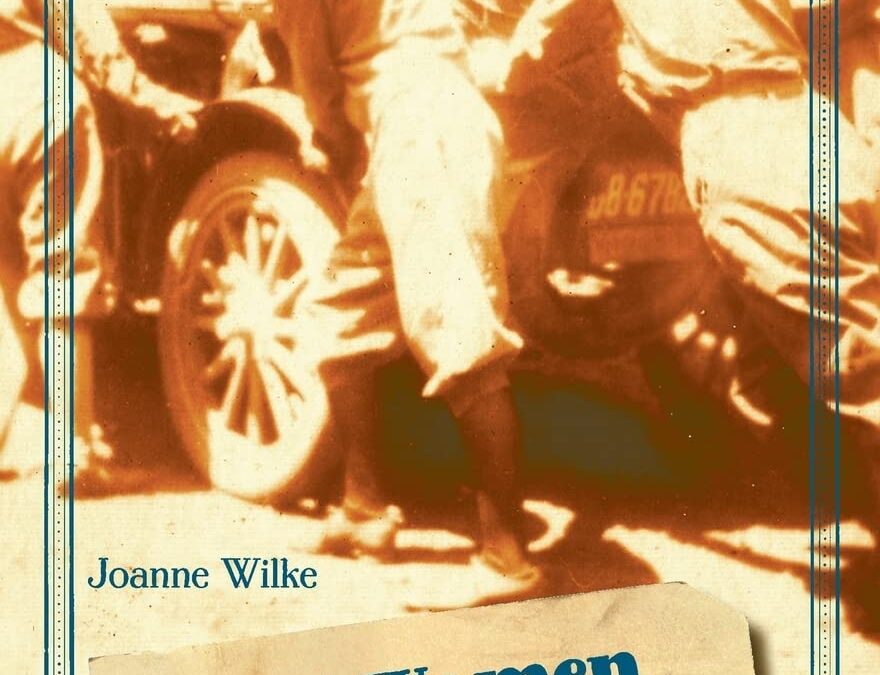
In 1924 eight young women drove across the American West in two Model T Fords. In nine weeks they traveled more than nine thousand unpaved miles on an extended car-camping trip through six national parks, “without a man or a gun along.” It was the era of the flapper, but this book tells the story of a group of farm girls who met while attending Iowa’s Teacher’s College and who shared a “yen to see some things.”
A blend of oral and written history, adventure, memoir, and just plain heartfelt living, Eight Women is a story of ordinary people doing extraordinary things. Weaving together a granddaughter’s essays with family stories and anecdotes from the 1924 trip, the book portrays four generations of women extending from nineteenth-century Norway to present-day Iowa—and sets them loose across the western United States where the perils and practicalities of automotive travel reaffirm family connections while also celebrating individual freedom.
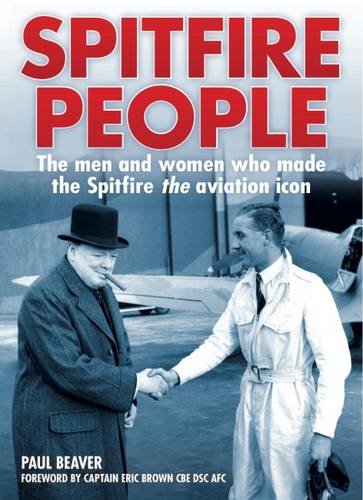
This book presents a fresh angle on the Spitfire by examining the contribution to its development and achievements by over 65 people – some famous, others not – ranging from politicians to pilots.
Published to mark the 75th anniversary of the Battle of Britain, this book presents a fresh angle on the Spitfire by examining the contribution to its development and achievements by over 65 people, some famous, others not. Without the courage and tenacity of some leading political and military figures and the hard work of lesser-known mortals, there would have been no Spitfire, no Battle of Britain and no ultimate victory in 1945. Many people in positions of power played their part in the ultimate success of the Spitfire, but a few staked their reputations on a radical design that brought together the best in British design, technology and ingenuity. This book tells many significant individual stories.
– Political people: Sir Winston Churchill (voice in the wilderness and wartime leader), Air Marshal Sir Wilfred Freeman (senior champion of the Spitfire in the Air Ministry), Lord Beaverbrook (Minister for Aircraft Production).
– Design and development people: Reginald Mitchell (chief designer 1934-36), Joe Smith (chief designer 1936-47), Jeffrey Quill (test pilot), Ernest Hives (Rolls-Royce experimental head and key player in the design of the Merlin engine), Sir Stanley Hooker (mathematician and Merlin engine developer), the ladies of Vickers Supermarine at Trowbridge (factory workers).
– Operational people: James ‘Johnny’ Johnson (highest-scoring Spitfire ace), Henry Cozens (first squadron commander), Geoffrey Wellum (youngest Battle of Britain pilot), Douglas Bader (Spitfire wing leader and inspirational disabled pilot).
– Experimental people: Tony Martindale (RAE Farnborough test pilot), Eric ‘Winkle’ Brown (chief naval test pilot and the first man to land a Seafire on an aircraft carrier).
– Heritage people: Ray Hanna (Old Flying Machine company), Carolyn Grace (the only female owner/pilot in the world), Phill O’Dell (chief test pilot at Rolls-Royce and Spitfire display pilot).
– Published to mark the 75th anniversary of the Battle of Britain.
Laura S. Woodmansee
Charles R. Mitchell, Kirk W. H

A photographic history of early women motorcyclists.
From promo shots of rough-n-tumble daredevils to glamorous women in period finery, each of these images tells a story. Captions often list the names of the women with a brief interesting note. In American Motorcycle Girls you’ll meet Alice Brady, a stunt rider who rode The Wall of Death and whose mischievous smile lies beneath perfectly painted lips. Did you know that the first issue of The Motorcyclist (which eventually became the AMA’s official publication) had a woman rider on its cover? Only a small portion of the images in the book comes from advertisements. Most are snapshots, casual pictures or news photos, with a few publicity shots. The book is written by Christine Sommer Simmons a three-time motorcycle hall of fame inductee, who obviously relishes the rich history of women riders.
Hardcover 240 pages
Women Military Pilots of WW II
Women in Boxes
Women in WWII
Women Trailblazers of Californi
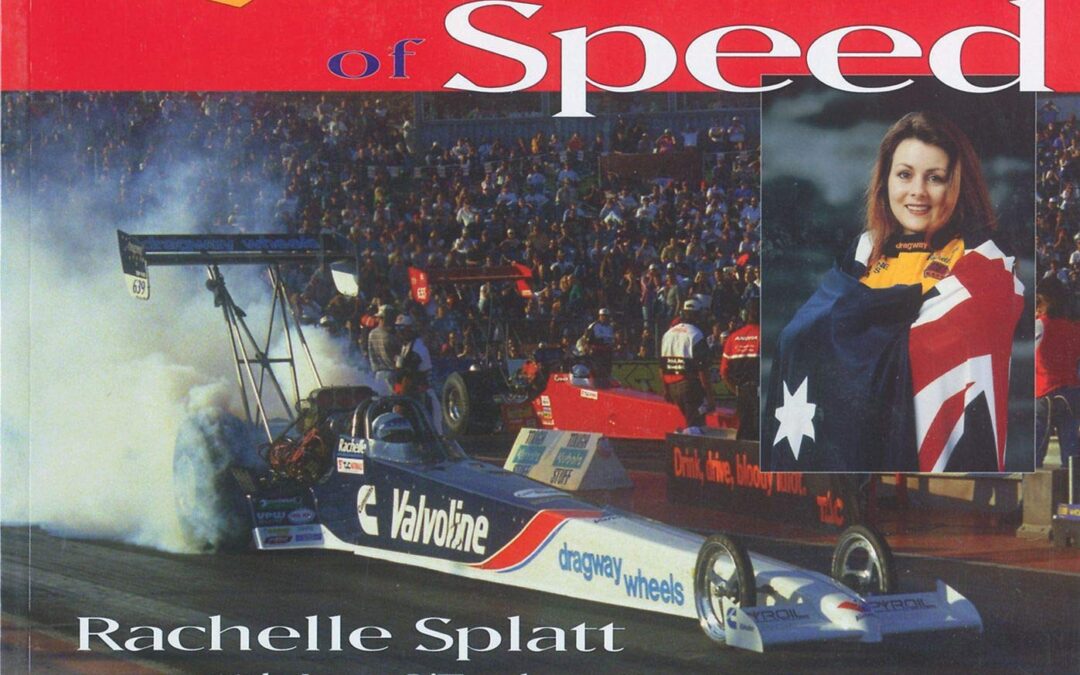
It takes guts, skill and an unshakeable belief in yourself to nudge up to the line in a 5000 horsepower beast that will propel you over a quarter mile in less that 5 seconds at 300 mph.
Welcome to the world of top fuel drag racing and the most successful woman in the sport, Rachelle Splatt, The Queen of Speed.
Rachelle Splatt’s passion for speed has taken her to success at the highest level of her sport. A consummate professional at her chosen sport and career, she has won the ANDRA crowning glory, the Nationals. When given the chance to compete in the United States she raced on the NHRA circuit and became the first women in the world to exceed 300 mph in 1994.
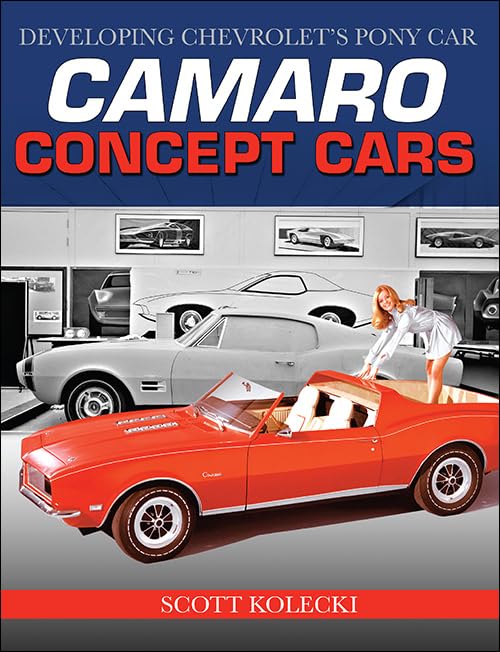
Learn about the creation of every generation of Chevrolet’s pony car!
For more than 50 years, the Chevrolet Camaro has been an indelible part of the modern automotive landscape. Since its introduction in 1967, Chevrolet’s immensely popular pony car has redefined American automotive styling by setting the bar and then raising it with the introduction of each generation.
How did the Camaro become one of the most celebrated automobiles of all time? What was its origin? What factors contributed to its creation and continued evolution through periods of economic uncertainty? How, when so many other cars have come and gone, has the Camaro survived and flourished?
Automotive historian Scott Kolecki explores those questions in Camaro Concept Cars: Developing Chevrolet’s Pony Car, as he introduces the men and women who created Chevrolet’s successful sports car. This book looks at the factors that contributed to its evolution through six distinct generations and explores the concept and design prototypes that gave rise to the production models that we know and love today.
This is the ultimate book for anyone who has owned (or dreamed of owning) a Camaro as well as for the countless enthusiasts around the globe who continue to celebrate and share the car’s rich heritage with future generations.

This first comprehensive history of the Kennedy Space Center, NASA’s famous launch facility located at Cape Canaveral, Florida, reveals the vital but largely unknown work that takes place before the rocket is lit. Though the famous Vehicle Assembly Building and launch pads dominate the flat Florida landscape at Cape Canaveral and attract 1.5 million people each year to its visitor complex, few members of the public are privy to what goes on there beyond the final outcome of the flaring rocket as it lifts into space. With unprecedented access to a wide variety of sources, including the KSC archives, other NASA centers, the National Archives, and individual and group interviews and collections, Lipartito and Butler explore how the methods and technology for preparing, testing, and launching spacecraft have evolved over the last 45 years. Their story includes the Mercury and Gemini missions, the Apollo lunar program, the Space Shuttle, scientific missions and robotic spacecraft, and the International Space Station, as well as the tragic accidents of Challenger and Columbia. Throughout, the authors reveal the unique culture of the people who work at KSC and make Kennedy distinct from other parts of NASA.
As Lipartito and Butler show, big NASA projects, notably the Space Shuttle and the International Space Station, had much to learn on the ground before they made it to space. Long before a spacecraft started its ascent, crucial work had been done, work that combined the muscular and mundane with the high tech and applied the vital skills and knowledge of the men and women of KSC to the design of vehicles and missions. The authors challenge notions that successful innovation was simply the result of good design alone and argue that, with large technical systems, real world experience actually made the difference between bold projects that failed and innovations that stayed within budget and produced consistent results. The authors pay particular attention to “operational knowledge” developed by KSC–the insights that came from using and operating complex technology. This work makes it abundantly clear that the processes performed by ground operations are absolutely vital to success.
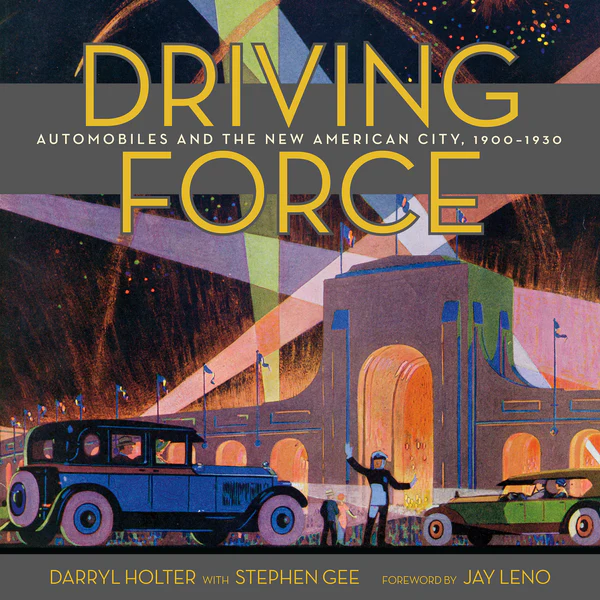
Driving Force: Automobiles and the New American City 1900-1930 (Angel City Press) explores how Los
Angeles’s enigmatic car culture propelled the explosive growth of America’s passion for cars. And with thoroughly researched text and page-after-page of vintage images, it shows how roadblocks that limited the sales of automobiles in the rest of the country, were eliminated in a new-thinking city in the earliest days of the car industry.
At the dawn of the twentieth century, as Los Angeles transformed from a rugged outpost to a booming metropolis, so too did the fledgling automobile simultaneously come of age. Ignited by an unlikely and visionary mix of entrepreneurs who ventured into unknown territory, early adopters broadened the market and convinced the public that cars were no longer a luxury—they were the ultimate modern necessity. From these early enthusiasts, men and women in various business recognized that the automobile would change society and wanted a piece of that action. The city’s auto business emerged initially among bicycle shop owners, carriage retailers, and automobile aficionados who started selling—and repairing!—cars. Their workshops thrived, expanded, and eventually became dealerships, the key component to the auto boom.
In this first major history of dealers at work—and one of the first books to chronicle the early history of cars in Los Angeles—authors Darryl Holter and Stephen Gee share the untold story of pioneering automobile dealers who seized the chance to join a start-up industry that reinvented an American city. Some became wealthy and powerful, others failed. But the lure of the automobile never wavered.
The L.A. dealers helped change the way cars were sold. They championed selling cars on credit while accepting“used cars” that buyers “traded in” so they could buy a new one. They introduced the West Coast to the concept of dealerships with service bays for on-site car repairs; persuaded manufacturers to design cars to their specifications and created custom vehicles and innovations that were copied around the country.
With more than 150 spectacular vintage images—many never before published—Driving Force brings to life the people who made the automobile an icon of the modern American city. In its pages, readers will discover how the story of the automobile is interwoven with Southern California’s unique topography and sun-drenched climate; a new era of women’s rights, and a growing female influence on automobile design; the creation of the Los Angeles Auto Show and the remarkable 1929 fire that threatened to destroy it; and how car dealers launched renowned L.A. radio and television stations, including KNX, KFI, and KCBS-KCAL.
As car collector extraordinaire Jay Leno explains in his Foreword to Driving Force, “Darryl Holter shows that auto retailers connected manufacturers to buyers, changing America and shaping the history, economy, and culture of Los Angeles.”
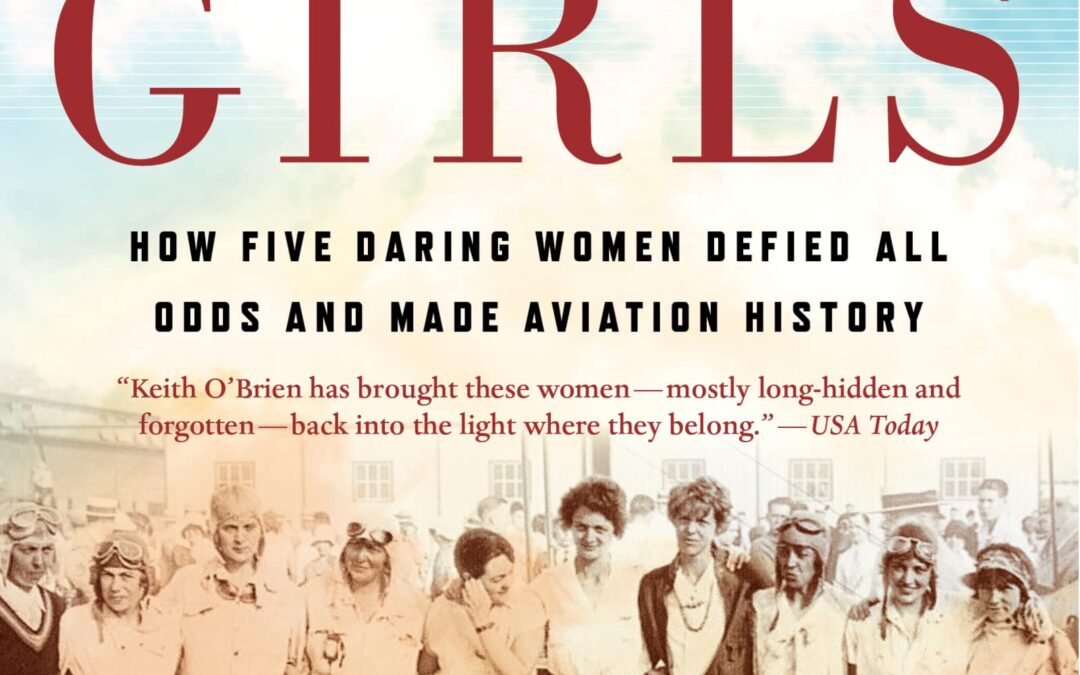
How five daring women defied all odds and made aviation history
Between the world wars, no sport was more popular, or more dangerous, than airplane racing. While male pilots were lauded as heroes, the few women who dared to fly were more often ridiculed—until a cadre of women pilots banded together to break through the entrenched prejudice.
Fly Girls weaves together the stories of five remarkable women: Florence Klingensmith, a high school dropout from Fargo, North Dakota; Ruth Elder, an Alabama divorcée; Amelia Earhart, the most famous, but not necessarily the most skilled; Ruth Nichols, who chafed at her blue blood family’s expectations; and Louise Thaden, the young mother of two who got her start selling coal in Wichita. Together, they fought for the chance to fly and race airplanes—and in 1936, one of them would triumph, beating the men in the toughest air race of them all.

AUTHENTIC: adjective. 1. trustworthy, reliable, 2. of undisputed origin: genuine. Webster’s Dictionary.
Drake remembers with clarity and detail the first legal drag races, early car shows in California and Oregon, speed trials at Bonneville and Madras, and the ingenuity of the men and women of the time who invented ways to modify the emerging rods and customs in ways to make life interesting.
This selection of essays celebrates the people who made hot rodding an American culture. Rediscover the fun of racing, hanging out, flirting and driving from the voice of someone who experienced the 1950s and has a passion for telling the story of old metal. His stories are authentic.
Albert Drake has been a practicing hot rodder since 1951, when he built a ’29 A-V8 Ford roadster. Over 400 of his articles have appeared in a variety of magazines including Street Rodder, Street Rod Action, Rodder’s Digest, Popular Cars, Hot Rod Mechanix, Street Rodding Illustrated and many more!
509 pages, 268 b/w photos, 8 x 10 x 1.2 inches, paperback













